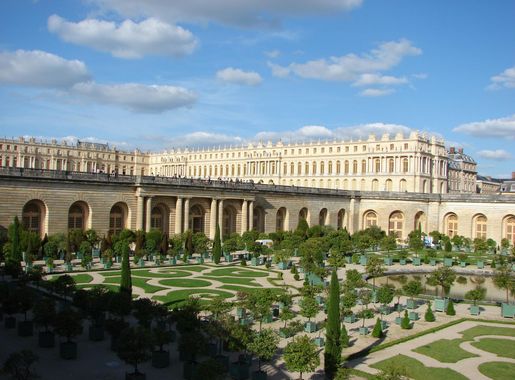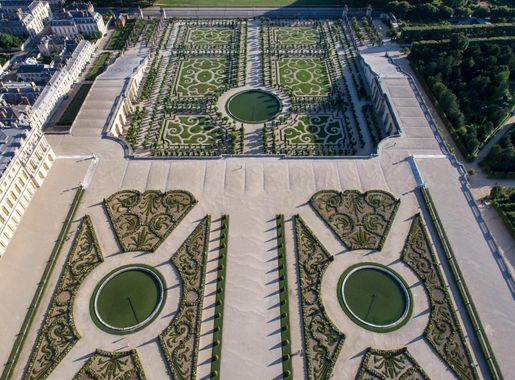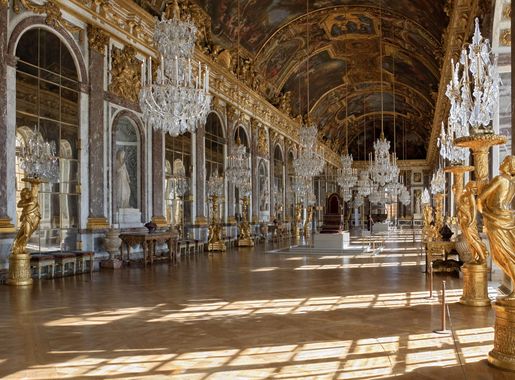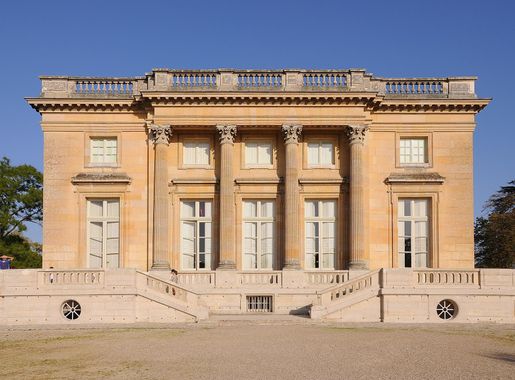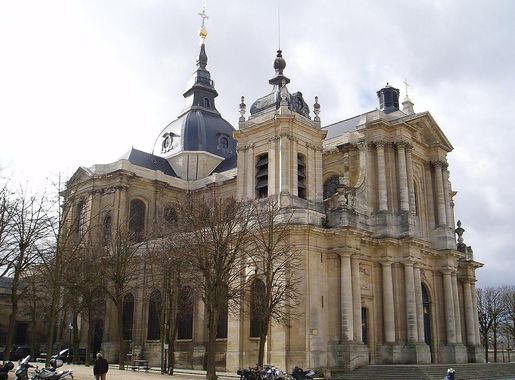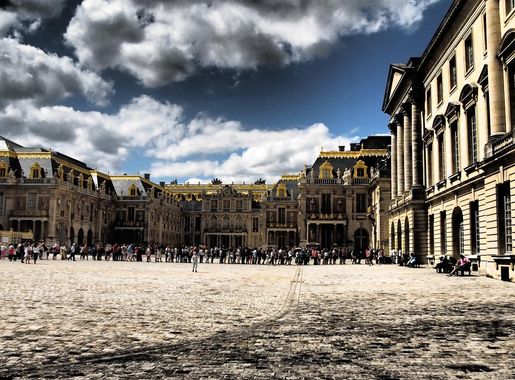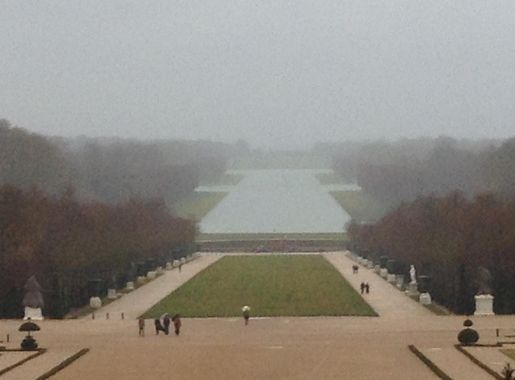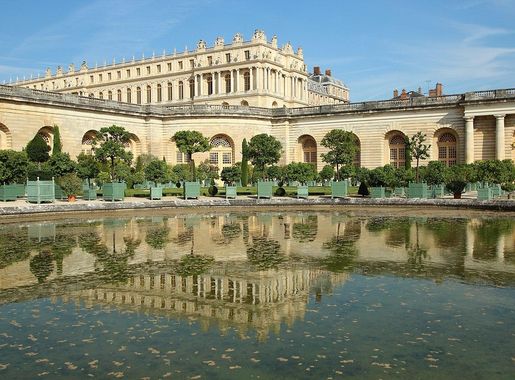
Versailles City Centre: Where History and Elegance Meet
Explore the historic and vibrant Versailles City Centre, home to the iconic Palace of Versailles, charming streets, bustling markets, and rich cultural experiences.
Versailles City Centre is a charming and historic neighborhood that transports visitors back to the grandeur of the 17th and 18th centuries. The heart of this neighborhood is the opulent Palace of Versailles, a UNESCO World Heritage site, known for its lavish architecture and magnificent gardens. Stepping into the city centre, you'll find cobblestone streets lined with quaint cafes, boutique shops, and bustling markets, offering a taste of French culture and local life. Beyond the palace, the city centre boasts a variety of attractions, including the picturesque Notre-Dame Market, perfect for sampling fresh produce and local delicacies. The area is also home to beautiful squares, such as Place Hoche and Place du Marché Notre-Dame, where you can relax and soak in the vibrant atmosphere. With its blend of historical landmarks, cultural offerings, and serene parks, Versailles City Centre is a must-visit destination for any traveler. Versailles City Centre is not just about its past; it also has a lively present. The neighborhood hosts numerous events throughout the year, from classical music concerts to contemporary art exhibitions, ensuring there's always something exciting happening. Whether you're a history enthusiast, a foodie, or simply looking to experience the charm of a quintessential French town, Versailles City Centre has something to offer everyone.
Local tips in Versailles City Centre
- Visit the Palace of Versailles early in the morning to avoid the crowds.
- Take a stroll through the Notre-Dame Market on Tuesdays, Fridays, or Sundays for the freshest local produce.
- Allocate time to explore the lesser-known areas like Place Hoche for a more relaxed experience.
- Check the local events calendar to catch a concert or exhibition during your visit.
- Wear comfortable shoes, as the cobblestone streets can be uneven.
Versailles City Centre: Where History and Elegance Meet
Versailles City Centre is a charming and historic neighborhood that transports visitors back to the grandeur of the 17th and 18th centuries. The heart of this neighborhood is the opulent Palace of Versailles, a UNESCO World Heritage site, known for its lavish architecture and magnificent gardens. Stepping into the city centre, you'll find cobblestone streets lined with quaint cafes, boutique shops, and bustling markets, offering a taste of French culture and local life. Beyond the palace, the city centre boasts a variety of attractions, including the picturesque Notre-Dame Market, perfect for sampling fresh produce and local delicacies. The area is also home to beautiful squares, such as Place Hoche and Place du Marché Notre-Dame, where you can relax and soak in the vibrant atmosphere. With its blend of historical landmarks, cultural offerings, and serene parks, Versailles City Centre is a must-visit destination for any traveler. Versailles City Centre is not just about its past; it also has a lively present. The neighborhood hosts numerous events throughout the year, from classical music concerts to contemporary art exhibitions, ensuring there's always something exciting happening. Whether you're a history enthusiast, a foodie, or simply looking to experience the charm of a quintessential French town, Versailles City Centre has something to offer everyone.
Iconic landmarks you can’t miss
Palace of Versailles
Explore the opulent Palace of Versailles, a UNESCO World Heritage site, where history, art, and breathtaking gardens come together in a royal experience.
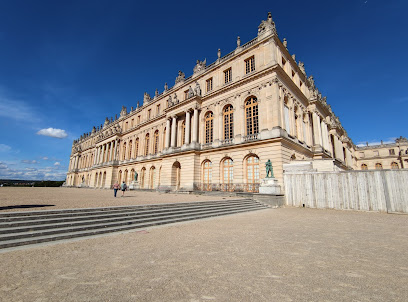
Gardens of Versailles
Explore the unparalleled beauty and historical significance of the Gardens of Versailles, a UNESCO World Heritage site that showcases French garden design at its finest.
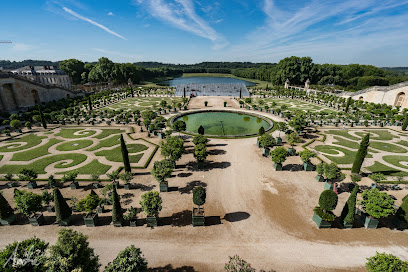
Grand Trianon
Experience the elegance of the Grand Trianon, a historic gem in the Versailles estate, showcasing the beauty of French royal architecture and gardens.
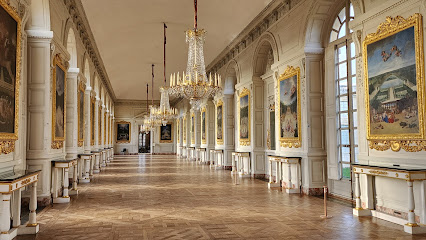
Queen’s Hamlet
Explore the Queen's Hamlet, a picturesque retreat in the gardens of Versailles, where history and beauty intertwine.
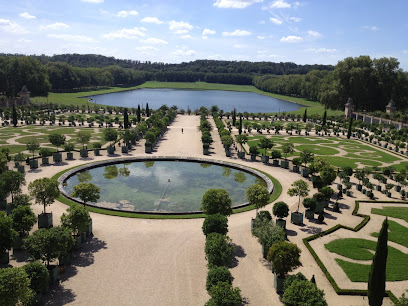
Versailles Cathedral
Explore the grandeur of Versailles Cathedral, a stunning architectural marvel and a serene oasis in the heart of Versailles, steeped in history and artistry.
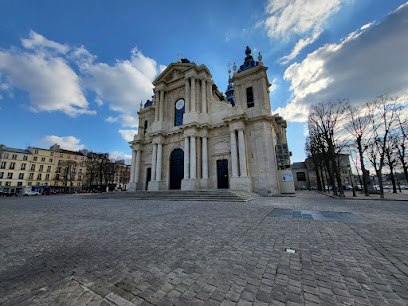
Hall of Mirrors
Explore the opulent Hall of Mirrors in the Palace of Versailles, a stunning blend of history, art, and architectural brilliance.

Royal Chapel
Explore the Royal Chapel of Versailles, a stunning example of Baroque architecture and a significant historical site in France.
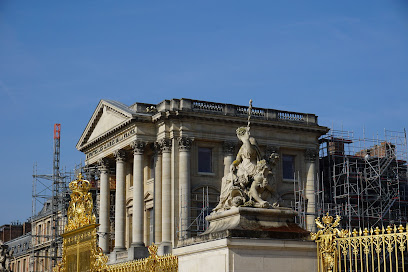
Temple of Love
Experience the romantic allure of the Temple of Love in Versailles, a captivating cultural landmark surrounded by stunning gardens and rich history.
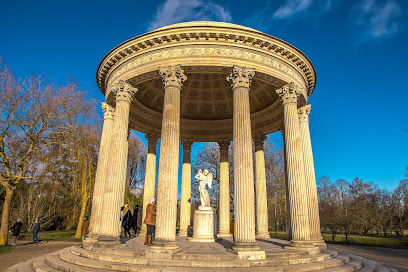
Dragon Pool
Explore the Dragon Pool in Versailles, a serene fountain surrounded by stunning gardens, perfect for relaxation and unforgettable moments.

Unmissable attractions to see
Palace of Versailles
Discover the grandeur of the Palace of Versailles, a historical masterpiece with stunning gardens and royal heritage just outside Paris.
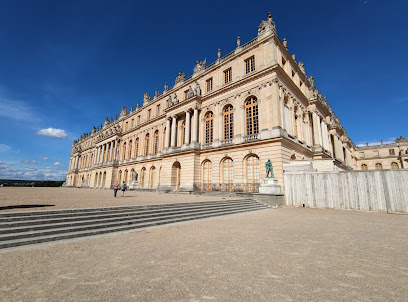
Gardens of Versailles
Explore the stunning Gardens of Versailles, a UNESCO World Heritage site renowned for its intricate design, historical significance, and breathtaking beauty.
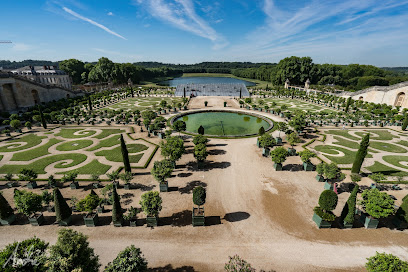
Grand Trianon
Explore the majestic Grand Trianon, a historical palace in Versailles offering stunning architecture and beautiful gardens, perfect for a royal experience.
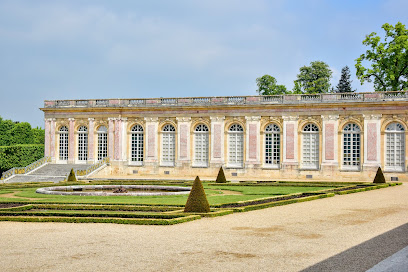
Gallery of Coaches
Explore the opulent Gallery of Coaches in Versailles, where royal history comes to life through exquisite carriages and captivating exhibitions.
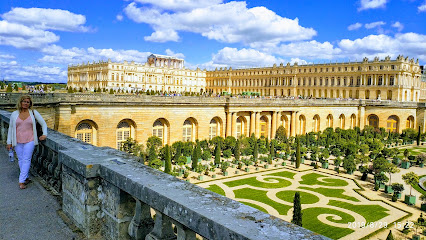
Versailles Cathedral
Explore the breathtaking beauty and rich history of Versailles Cathedral, a stunning example of Baroque architecture and a peaceful sanctuary in the heart of Versailles.

Hall of Mirrors
Discover the grandeur of the Hall of Mirrors at the Palace of Versailles, where history, art, and opulence converge in a breathtaking spectacle.
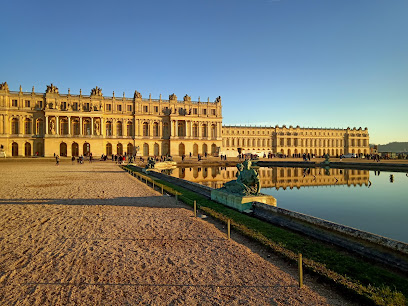
Royal Chapel
Explore the Royal Chapel of Versailles, a stunning Baroque masterpiece showcasing the grandeur of French royal heritage and architectural brilliance.

Park of Versailles
Explore the Park of Versailles: A breathtaking blend of nature, history, and royal elegance that enchants every visitor.
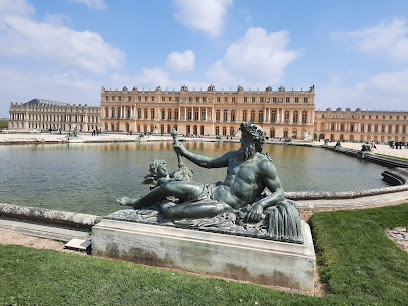
Bassin du Miroir
Discover the tranquil beauty of Bassin du Miroir in Versailles, a stunning garden reflecting French artistry and history amidst serene water features.
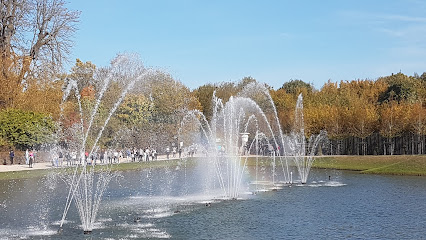
Galerie des Batailles
Explore the Galerie des Batailles, a stunning museum in the Palace of Versailles showcasing France's rich military history through remarkable artwork.

Bassin de la Pyramide
Discover the serene beauty of Bassin de la Pyramide, a stunning fountain in Versailles' gardens, where tranquility and artistry come together.
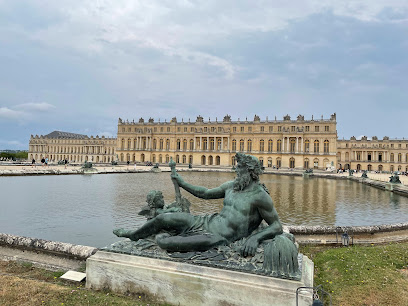
Essential places to dine
La Flottille
Discover La Flottille: An enchanting dining experience in Versailles offering authentic French cuisine amidst stunning garden views.

Le Petit Bouillon Versailles
Experience authentic French cuisine at Le Petit Bouillon Versailles – where tradition meets taste in every delightful dish.
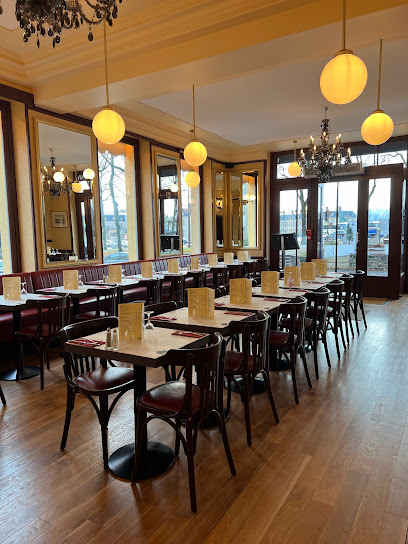
Le Bœuf à la Mode
Savor authentic French cuisine at Le Bœuf à la Mode in Versailles - a delightful bistro experience awaits you!

Ore - Ducasse au château de Versailles
Experience culinary excellence at Ore - Ducasse in the heart of Château de Versailles with exquisite French cuisine and breathtaking views.
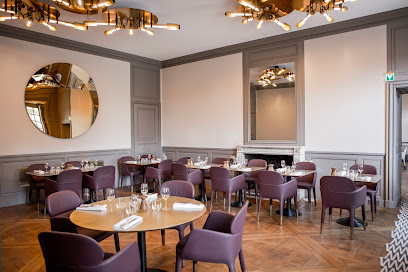
Au Petit Marquis
Savor authentic French cuisine at Au Petit Marquis in Versailles – where every dish tells a story of tradition and flavor.
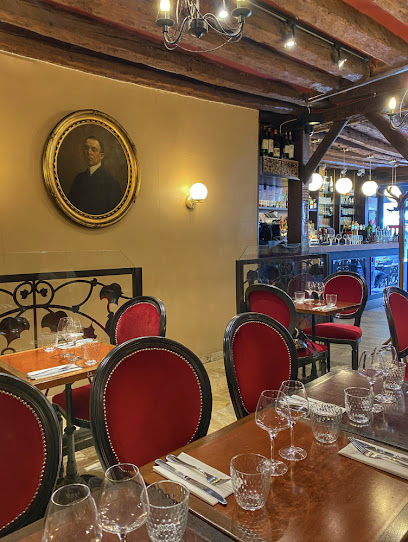
Restaurant La Tour
Experience authentic French cuisine at Restaurant La Tour in Versailles, where culinary tradition meets modern dining elegance.
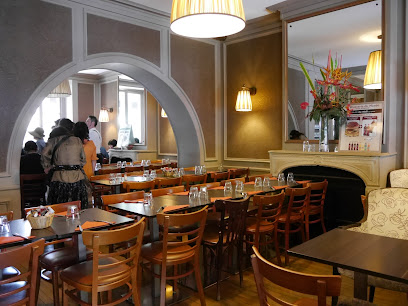
La Table du 11
Discover the exquisite flavors of modern French cuisine at La Table du 11, located in the enchanting setting of La Cour des Senteurs in Versailles.
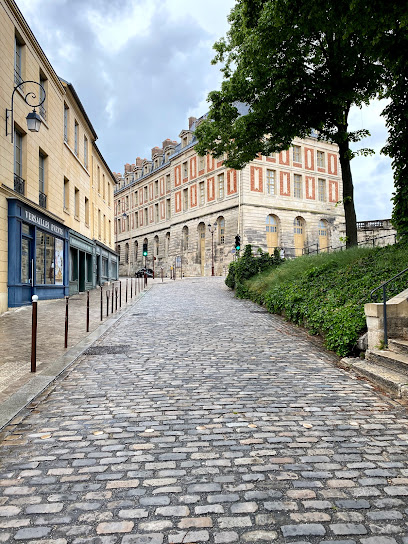
Restaurant Les quatre saisons
Discover exquisite French cuisine at Restaurant Les Quatre Saisons in Versailles—where seasonal ingredients meet culinary artistry.
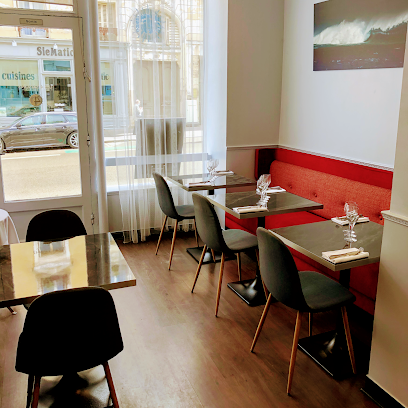
La Guinguette
Experience exquisite French cuisine at La Guinguette, a must-visit restaurant in Versailles near the Palace.
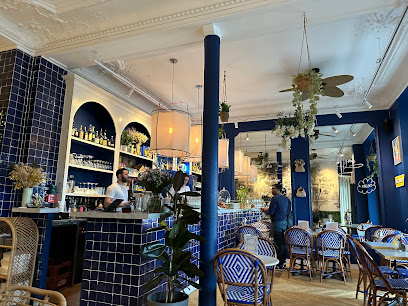
Vous restaurant
Discover authentic French cuisine at Vous Restaurant in Versailles, where culinary artistry meets charming ambiance.
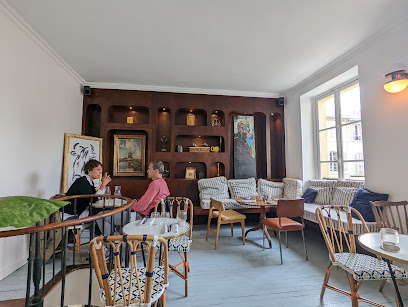
Markets, malls and hidden boutiques
Parly 2
Explore Parly 2, a top shopping destination in Le Chesnay-Rocquencourt, featuring diverse shops, delightful dining, and entertainment for everyone.
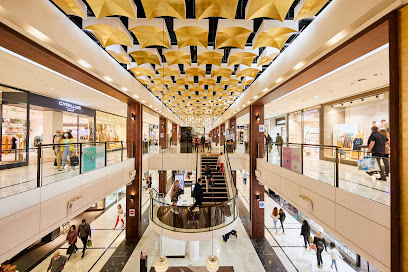
Notre-Dame Market
Discover the flavors of France at Notre-Dame Market, a local produce market in Versailles offering fresh goods and artisanal delights.
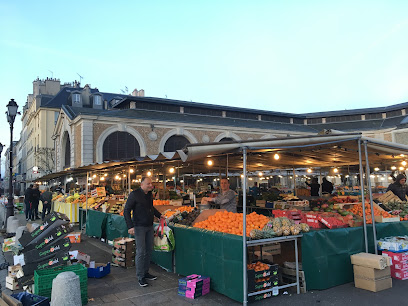
Waldorf Astoria Versailles - Trianon Palace
Experience luxury and history at Waldorf Astoria Versailles - Trianon Palace, your gateway to the grandeur of Versailles.
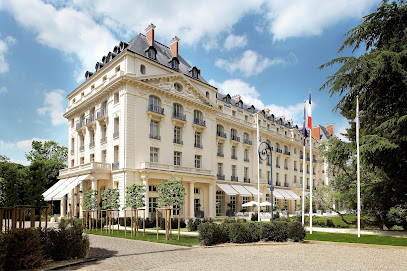
Carrefour Market
Discover fresh produce, artisanal goods, and local delicacies at Carrefour Market in Versailles, a must-visit for every food-loving traveler.

Gibert Joseph Versailles
Discover Gibert Joseph Versailles, a charming bookstore offering a vast collection of new and used books, including comics, in a cozy atmosphere.
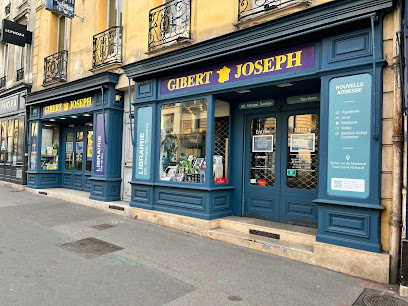
Pierre & Tim Cookies
Discover the delectable world of cookies and artisanal ice cream at Pierre & Tim Cookies, a sweet spot in the heart of Versailles.

La cour des senteurs
Explore the enchanting world of fragrances at La Cour des Senteurs in Versailles, where the art of scent comes alive with exquisite artisanal products.
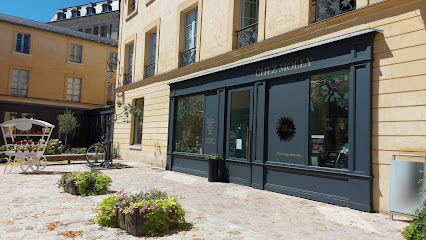
City Vrac
Discover the finest organic treats and gourmet delights at City Vrac in Versailles, a culinary treasure for food enthusiasts.
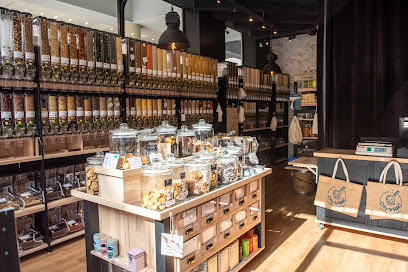
CapsuleMarket
Discover unique gifts, artisanal crafts, and chic women's fashion at CapsuleMarket in Versailles - a shopping experience like no other.
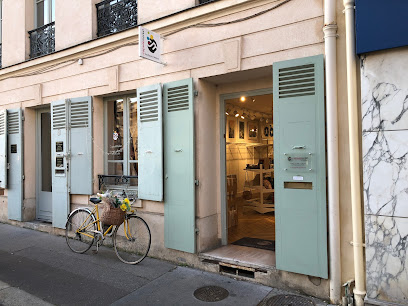
Fée au Château
Discover the exquisite craftsmanship of Fée au Château, a premier dressmaker and couture store in the heart of Versailles.
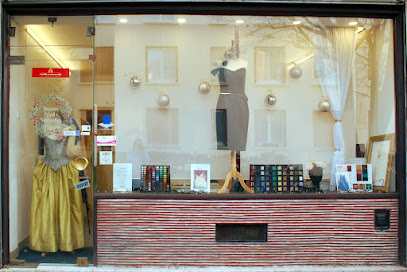
Essential bars & hidden hideouts
Le Montbauron
Discover the vibrant atmosphere and delicious offerings of Le Montbauron, a charming bar and restaurant in the heart of Versailles.

O'Paris
Experience the vibrant nightlife of Versailles at O'Paris, where great drinks and a lively atmosphere await you.

Le Baradoz
Discover the vibrant nightlife at Le Baradoz in Versailles, where exquisite drinks meet a lively atmosphere to unwind after exploring the Palace.
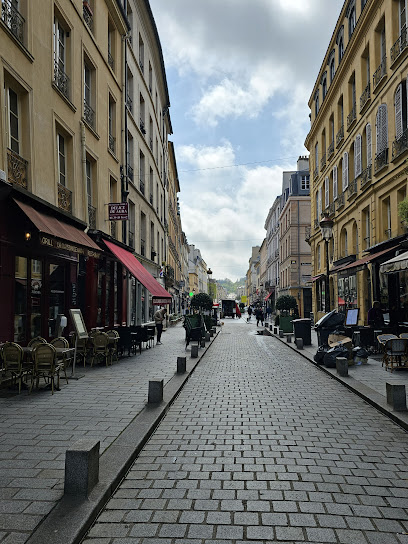
La Pirogue
Experience the vibrant atmosphere and exquisite cocktails at La Pirogue, a must-visit cocktail bar and restaurant in the heart of Versailles.
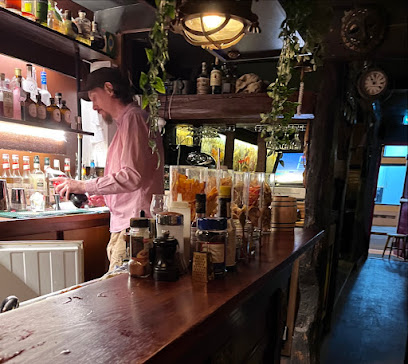
No Water - Bar à vins
Discover No Water, a charming wine bar in Versailles, offering exquisite wines, craft beers, and delectable tapas in a lively atmosphere.
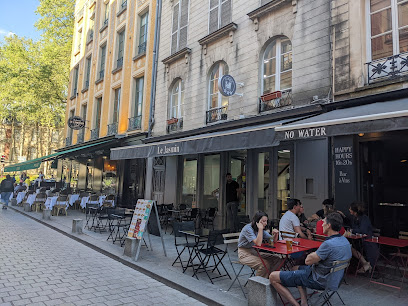
Les Badauds
Experience the vibrant nightlife of Versailles at Les Badauds, where cocktails and conviviality meet in a charming setting.
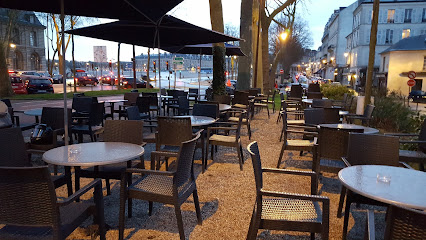
L'Equilibre - Bar à vins et Tapas
Discover L'Equilibre, a cozy wine bar in Versailles offering exquisite wines and delicious tapas in a relaxed atmosphere.

L’ Alto
Experience the vibrant nightlife at L’Alto, a premier live music bar in Versailles, where local talent and karaoke unite for unforgettable evenings.

Au Rendez Vous Des Touristes
Experience the charm of Versailles at Au Rendez Vous Des Touristes, a cozy bar perfect for unwinding after exploring the iconic Palace.
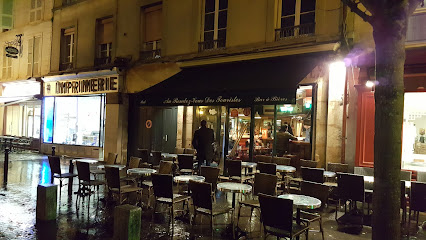
Le loft
Experience the vibrant nightlife of Versailles at Le Loft, where exquisite wines, delicious tapas, and lively salsa nights await every visitor.

Local Phrases
-
- HelloBonjour
[bon-zhoor] - GoodbyeAu revoir
[oh ruh-vwah] - YesOui
[wee] - NoNon
[noh] - Please/You're welcomeS'il vous plaît/De rien
[seel voo pleh/duh ryen] - Thank youMerci
[mehr-see] - Excuse me/SorryExcusez-moi/Désolé
[ex-kew-zay mwa/deh-zoh-lay] - How are you?Comment ça va?
[koh-mon sah vah] - Fine. And you?Bien. Et vous?
[byen. ay voo] - Do you speak English?Parlez-vous anglais?
[par-lay voo ahn-glay] - I don't understandJe ne comprends pas
[zhuh nuh kohm-prahnd pah]
- HelloBonjour
-
- I'd like to see the menu, pleaseJe voudrais voir la carte, s'il vous plaît
[zhuh voo-dray vwar lah kart, seel voo pleh] - I don't eat meatJe ne mange pas de viande
[zhuh nuh mahnj pah duh vyand] - Cheers!Santé!
[san-tay] - I would like to pay, pleaseJe voudrais payer, s'il vous plaît
[zhuh voo-dray pay-ay, seel voo pleh]
- I'd like to see the menu, pleaseJe voudrais voir la carte, s'il vous plaît
-
- Help!Au secours!
[oh suh-koor] - Go away!Allez-vous en!
[al-lay vooz ahn] - Call the Police!Appelez la police!
[ah-pay-lay lah poh-lees] - Call a doctor!Appelez un docteur!
[ah-pay-lay ahn dok-tuhr] - I'm lostJe suis perdu
[zhuh swee pair-doo] - I'm illJe suis malade
[zhuh swee mah-lahd]
- Help!Au secours!
-
- I'd like to buy...Je voudrais acheter...
[zhuh voo-dray zah-shtay...] - I'm just lookingJe regarde juste
[zhuh ruh-gard zhust] - How much is it?Combien ça coûte?
[kohm-byen sah koot] - That's too expensiveC'est trop cher
[say troh shay] - Can you lower the price?Pouvez-vous baisser le prix?
[poo-vez voo bay-say luh pree]
- I'd like to buy...Je voudrais acheter...
-
- What time is it?Quelle heure est-il?
[kell er ay teel] - It's one o'clockIl est une heure
[eel ay tun er] - Half past (10)Dix et demie
[dees ay duh-mee] - MorningMatin
[mah-tan] - AfternoonAprès-midi
[ah-pray mee-dee] - EveningSoir
[swahr] - YesterdayHier
[ee-air] - TodayAujourd'hui
[oh-zhoor dwee] - TomorrowDemain
[duh-man] - 1Un
[uhn] - 2Deux
[duh] - 3Trois
[twah] - 4Quatre
[kat] - 5Cinq
[sank] - 6Six
[sees] - 7Sept
[set] - 8Huit
[weet] - 9Neuf
[nuhf] - 10Dix
[dees]
- What time is it?Quelle heure est-il?
-
- Where's a/the...?Où est...?
[oo ay...] - What's the address?Quelle est l'adresse?
[kell ay lah-dress] - Can you show me (on the map)?Pouvez-vous me montrer (sur la carte)?
[poo-vez voo muh mohn-tray (sir lah kart)] - When's the next (bus)?Quand est le prochain (bus)?
[kahn ay luh proh-shan (bus)] - A ticket (to ....)Un billet (pour ....)
[uhn bee-yay (poor)]
- Where's a/the...?Où est...?
History of Versailles City Centre
-
Versailles began as a small village in the 11th century, primarily known for its agricultural lands. Its significance grew when Louis XIV transformed it into a lavish royal residence in the 17th century, marking the beginning of its evolution into a symbol of absolute monarchy and opulence.
-
The Palace of Versailles was commissioned by Louis XIV in 1661 and completed in 1682. The city center developed around this monumental site, with the construction of the palace leading to an influx of nobles, artists, and craftsmen who shaped the local culture and economy.
-
In 1919, the Treaty of Versailles was signed in the Hall of Mirrors at the Palace, formally ending World War I. This historic event not only solidified Versailles' place in international relations but also highlighted its role as a center of diplomacy, influencing the cultural identity of the city.
-
The 19th century saw a renaissance in Versailles, with the establishment of new institutions such as the Versailles Opera House in 1770 and the restoration of the palace itself. This period fostered a vibrant artistic community, a legacy that continues to enrich the cultural fabric of the city.
-
Today, Versailles is not just a historical site but a living city with a dynamic community. The City Centre embodies a blend of history and modernity, hosting markets, cafes, and shops that reflect both its royal past and contemporary life, making it a hub of cultural activities and tourism.
Versailles City Centre Essentials
-
Versailles City Centre is easily accessible from Paris and other neighbourhoods in Versailles. From Paris, take the RER C train to Versailles Château Rive Gauche station, which is a 40-minute ride. Alternatively, you can take a Transilien train from Gare Saint-Lazare to Versailles Rive Droite station. If you're in other parts of Versailles, local buses and trams can connect you to the City Centre efficiently.
-
Versailles City Centre is compact and walkable, with most attractions within easy reach. The RER C and Transilien trains serve the area, while local buses (such as Line 1 and 2) offer routes to different parts of the city. Bicycles can be rented via the Vélib' system, allowing a leisurely exploration of the city’s parks and gardens. Be mindful of traffic, especially when cycling.
-
Versailles City Centre is generally safe for tourists, but standard precautions should be taken. Avoid poorly lit areas at night and keep personal belongings secure, especially in crowded tourist spots. While there are no specific areas known for high crime targeting tourists, it's wise to stay vigilant around train stations and busy markets.
-
In case of an emergency, dial 112 for immediate assistance. The local police station is located near the City Centre, and there are several medical facilities available. Ensure you have travel insurance that covers emergencies. For minor health issues, there are numerous pharmacies throughout the city.
-
Fashion: Do dress appropriately when visiting palaces and churches; avoid overly casual attire. Religion: Do respect local customs; cover your shoulders and knees when entering religious sites. Public Transport: Do give up your seat for the elderly and disabled; don’t eat or drink on public transport. Greetings: Do greet with a polite 'Bonjour' and a smile; don’t use first names unless invited. Eating & Drinking: Do try local specialties like 'Tarte à la Crème'; don’t waste food or be overly loud in restaurants.
-
To experience Versailles City Centre like a local, visit the Marché Notre-Dame, a vibrant market where you can find fresh produce and local delicacies. Engage with shopkeepers and try street food options. Attend a local event or festival if possible, as they provide insight into the culture. Explore the lesser-known gardens and parks for a quieter experience away from the tourist crowds.
Nearby Cities to Versailles City Centre
-
Things To Do in Paris
-
Things To Do in Rouen
-
Things To Do in Amiens
-
Things To Do in Reims
-
Things To Do in Caen
-
Things To Do in Tours
-
Things To Do in Lille
-
Things To Do in Tournai
-
Things To Do in Mons
-
Things To Do in Ypres
-
Things To Do in Kortrijk
-
Things To Do in Angers
-
Things To Do in Dinant
-
Things To Do in Nieuwpoort
-
Things To Do in Namur

